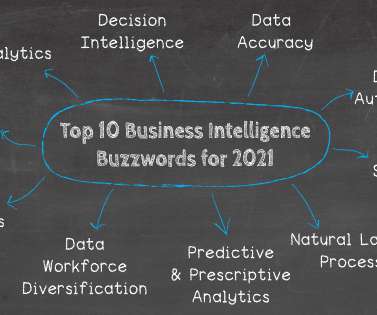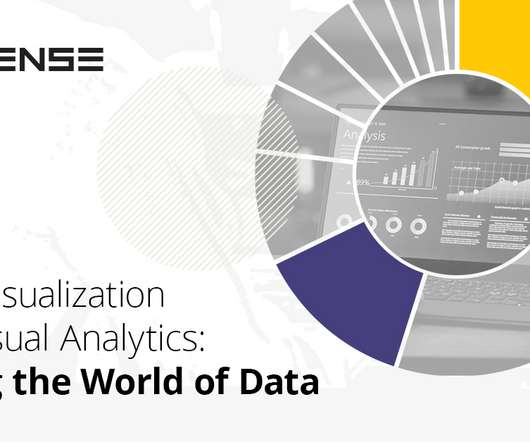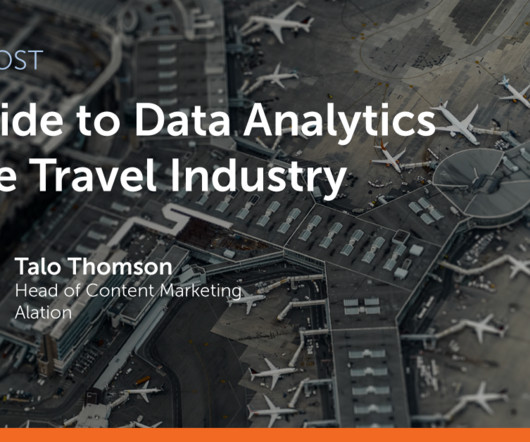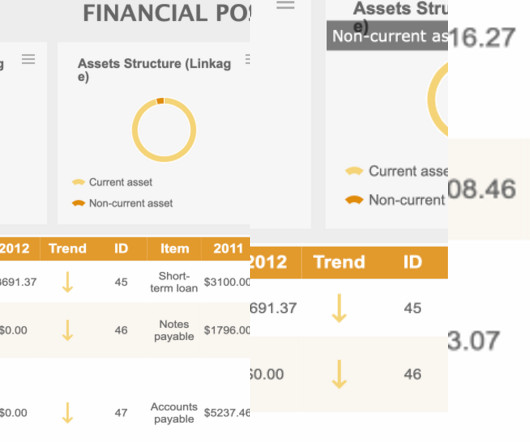Top 10 Analytics And Business Intelligence Buzzwords For 2020
datapine
DECEMBER 4, 2019
Predictive & Prescriptive Analytics. Predictive Analytics: What could happen? We mentioned predictive analytics in our business intelligence trends article and we will stress it here as well since we find it extremely important for 2020. Prescriptive Analytics: What should we do? Cognitive Computing.
















Let's personalize your content